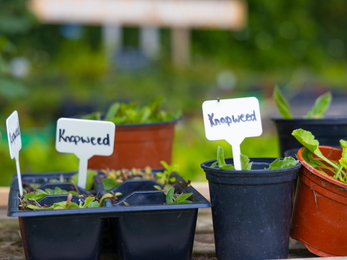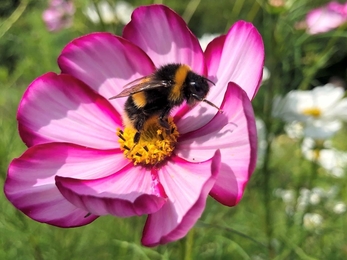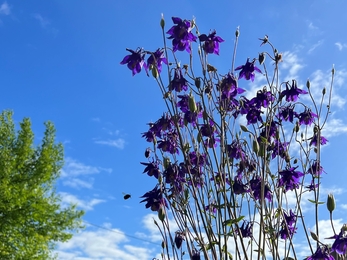Get summer garden ready
June’s the month that spring passes the baton to summer, and as daylight hours reach their peak, so does the activity in our gardens and green spaces that provide refuge for many of our species.
Whether you’ve got a garden, balcony, pots and planters or look after an allotment or community space, there’s at least one thing we can all do to help – whatever the patch – to make wildlife welcome and help to ensure nature's recovery. From creating mini meadows on windowsills to big borders packed with plants, together, we can make a difference.
Read on to find out which plants to grow to help bees, butterflies, birds and more.







